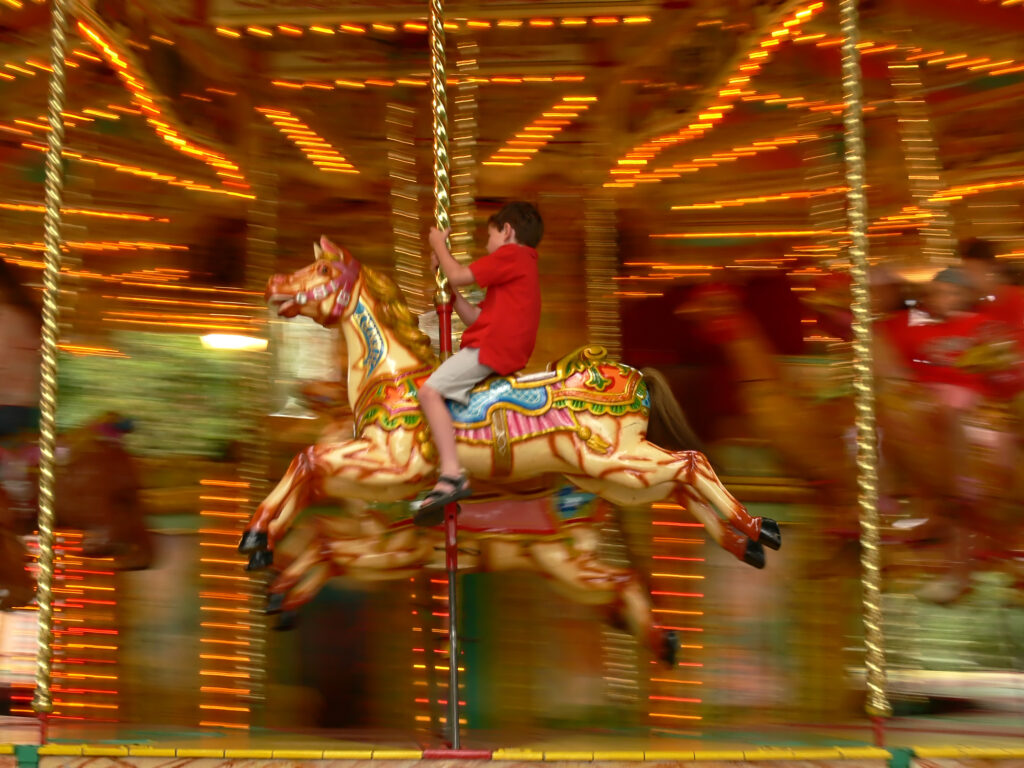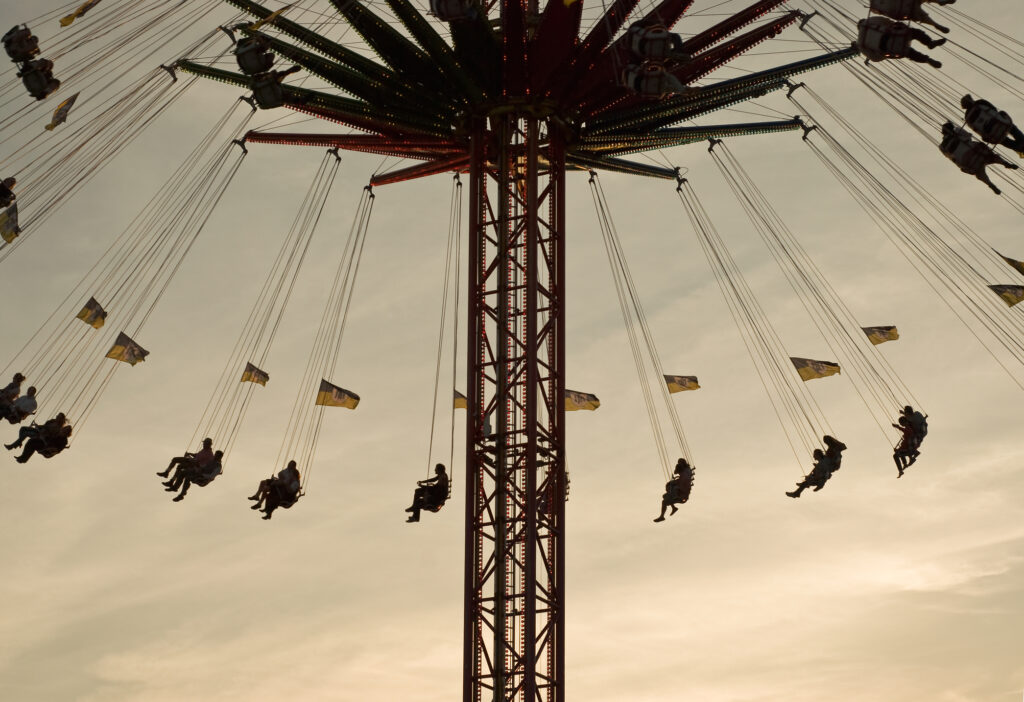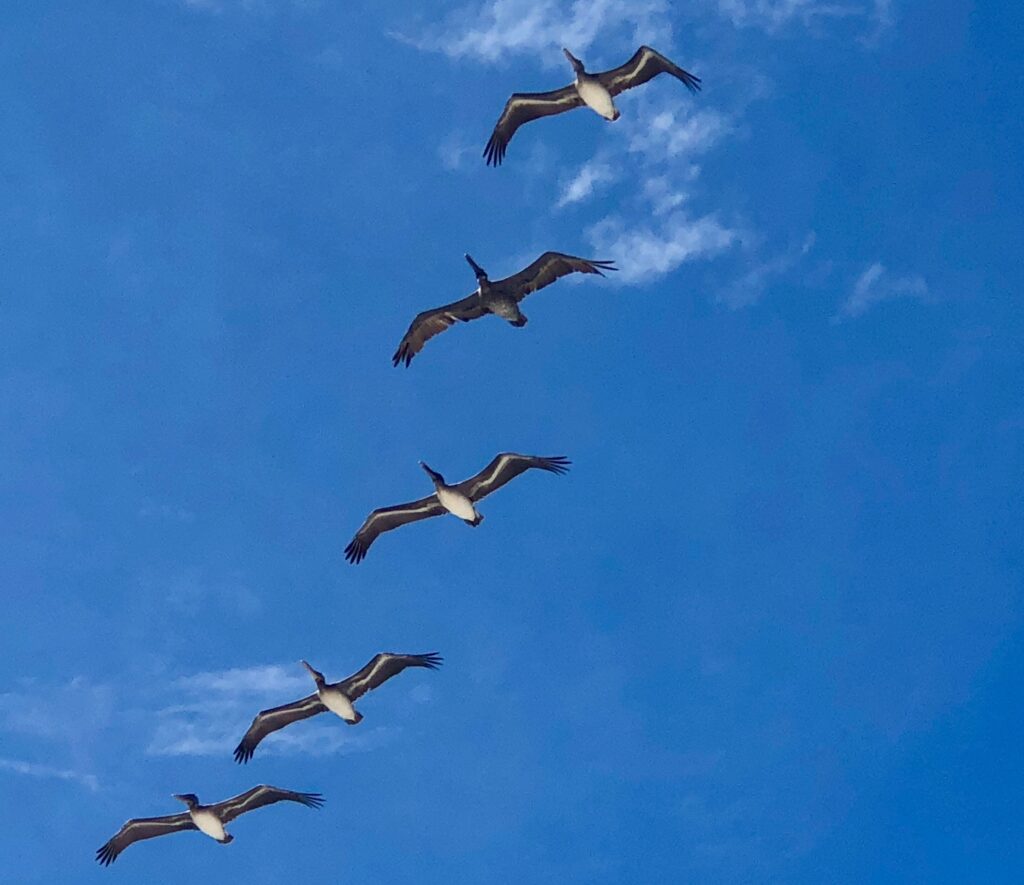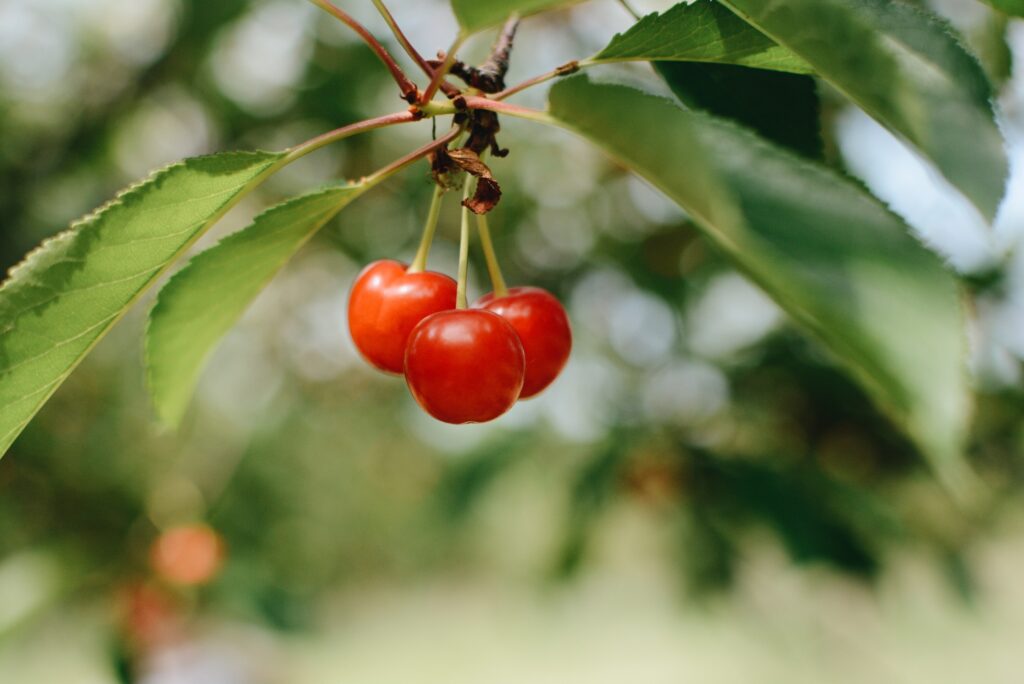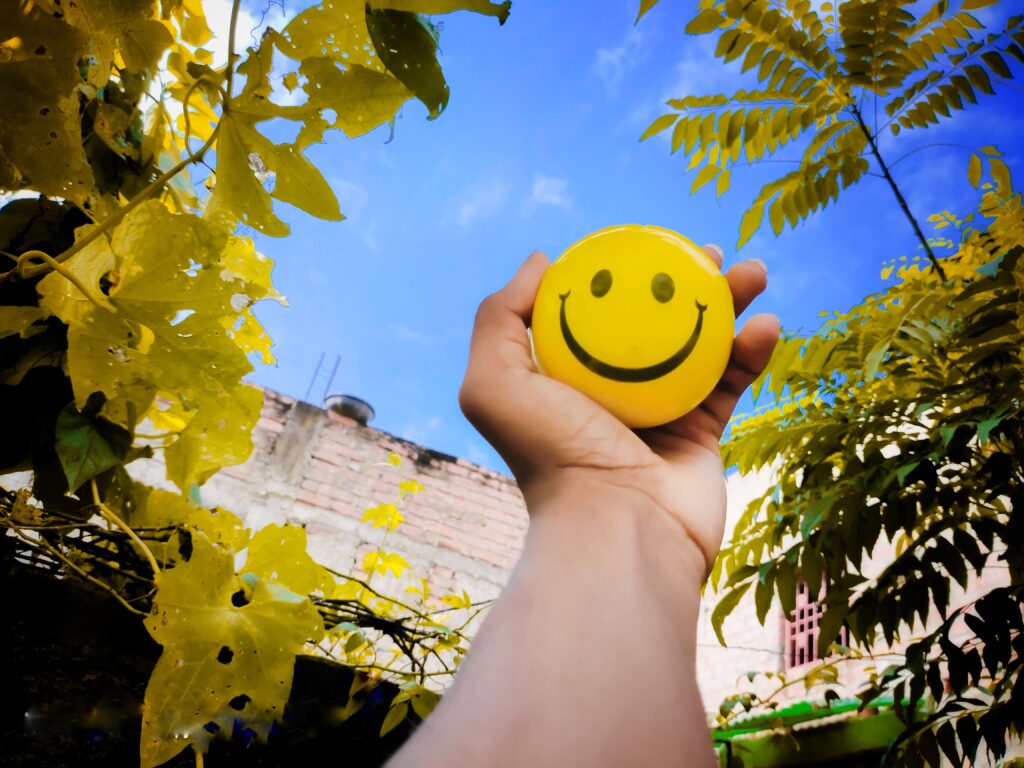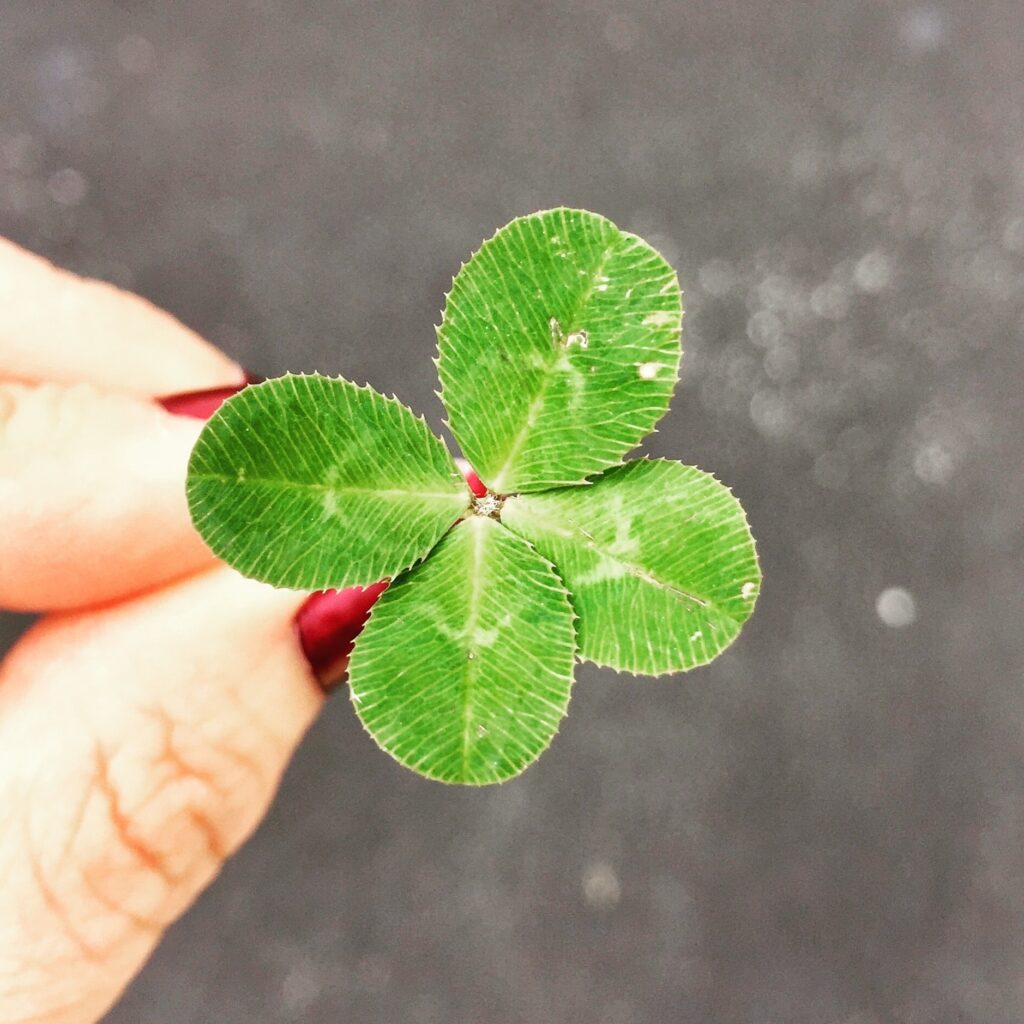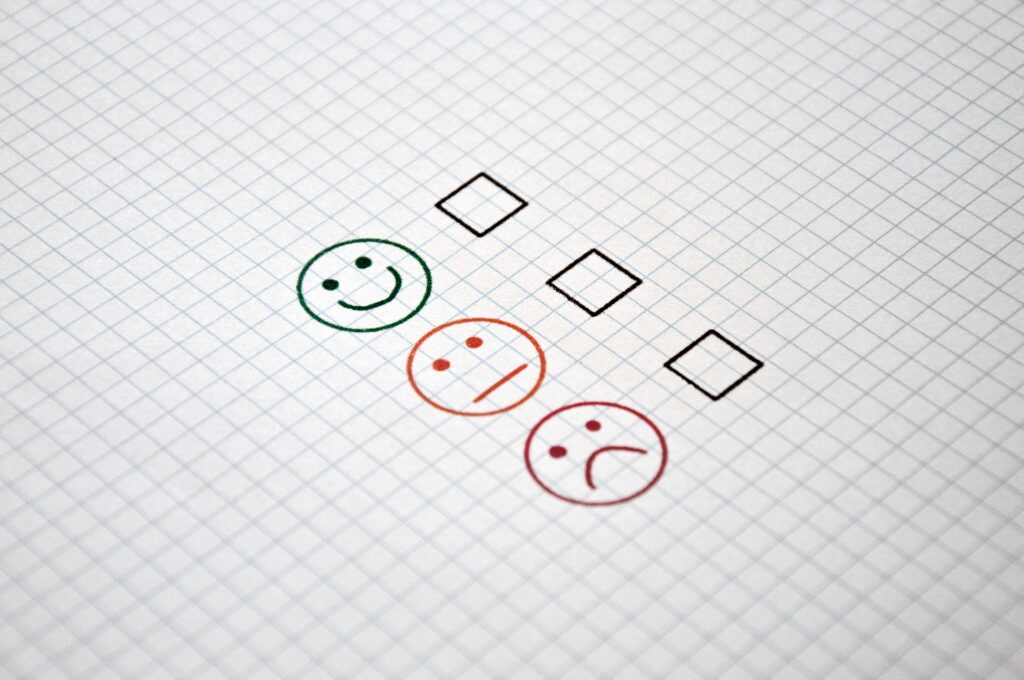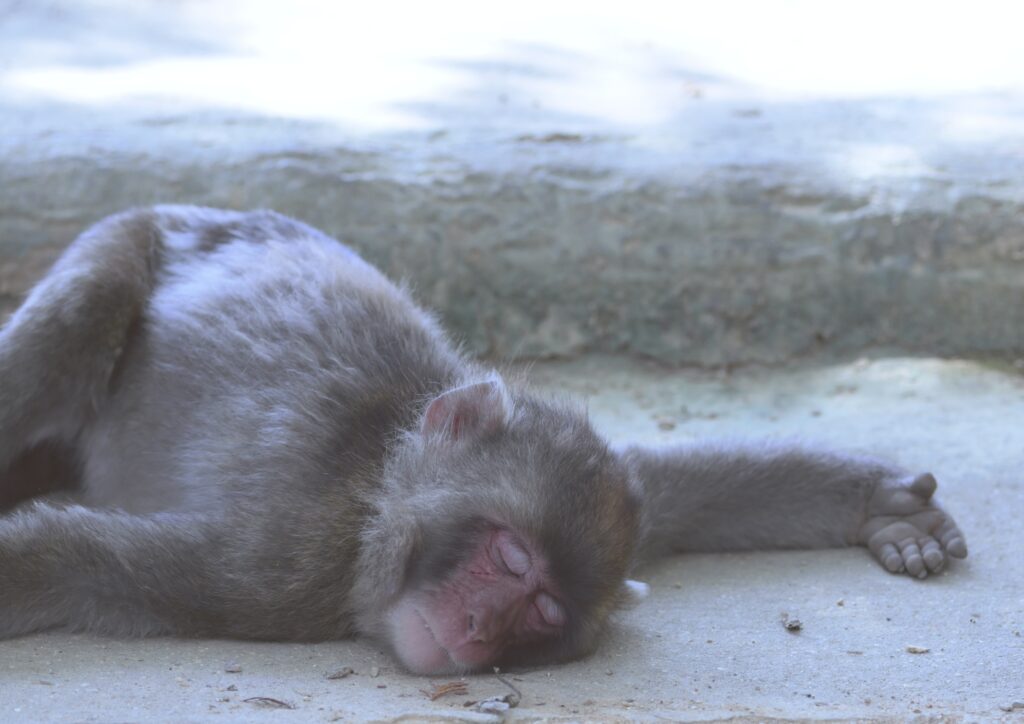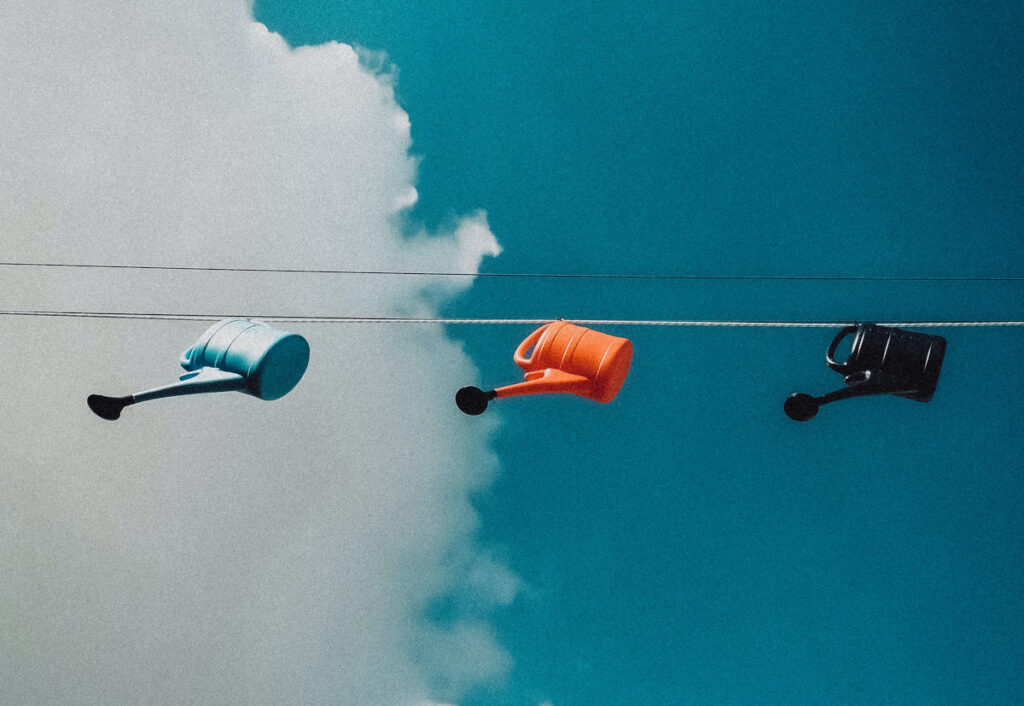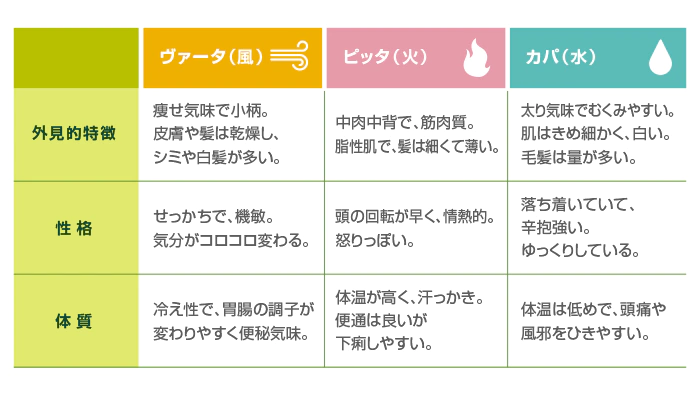
第2回:〜 人生は経験を積む人のためにある 〜
※日本語版は英語の後に続きます
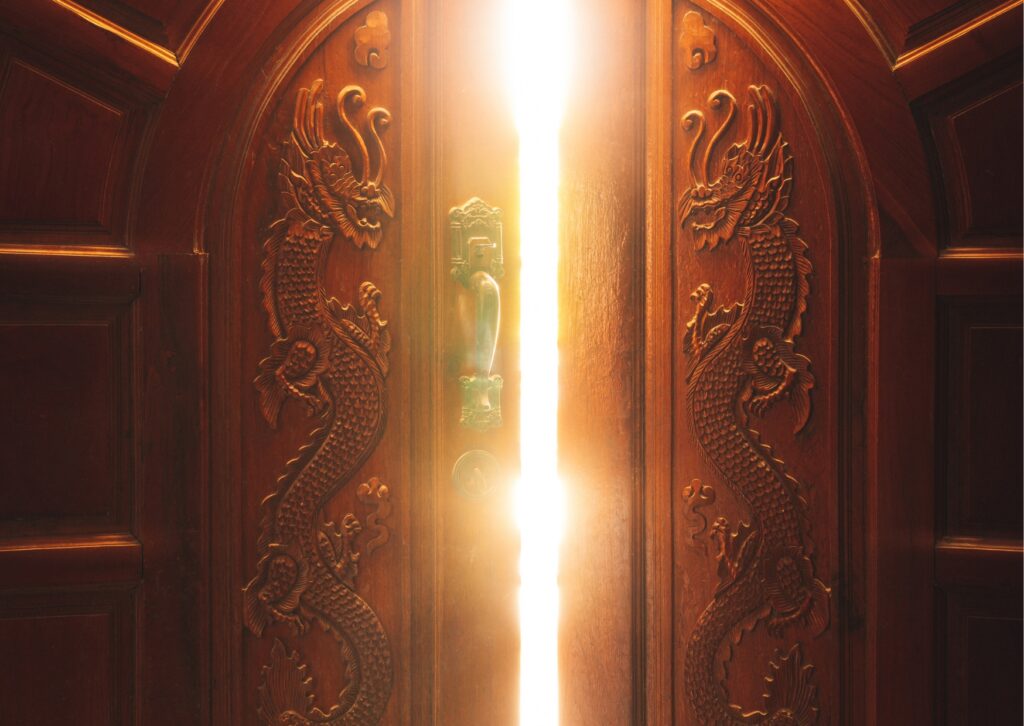
The Mindful Living Series
“What is the most bewildering thing in Life?” asked the Yaksha spirit Crane of the noble Prince Yudhishtra. The Prince meditated upon this question carefully for if he wished to save his brothers, there was no room for error.
And then it came to him: “The most bewildering thing is that even though every day one sees countless living entities dying, he still acts and thinks as if he will live forever.”
These words of the Pandava Prince from the Yaksha Prashna episode of the great Indian epic the Mahabaratha are a stern reminder that life is here to be lived and that each breath is precious. But do we live our lives this way? Do we spend time the way we really want to and make choices freely? Or do we get caught up blindly in the race, trapped in our comfort zones?
These thoughts began to consume me while in undergrad studies.
“Why do so many of us seem to continue to do what we do unquestioningly?”
Just look around at the many different ways to live represented even just in your community, nevermind around the country or the world. Convenience store owners have a certain way of life quite distinct from farmers. Construction workers, healthcare givers, homemakers, peacekeepers, fishermen, teachers, professional athletes and musicians all spend their days in their own unique ways. For every 100 people there are, no doubt, 100 different ways to live.
The way we choose to spend our leisure time is no different. I happened to be born in Canada and, not so surprisingly, found myself engrossed in playing ice hockey for most of the first 18 years of my life. If you were born into a family that did tea ceremony or were sculptors or perhaps hiking enthusiasts, your choices were most likely very different.
During a recent executive wellness retreat in Canada, a senior lawyer and founder of his own law firm made a comment along these lines. He said that he knew from the age of 5 he would be a lawyer. It turns out that a parent had commented that he would make a great lawyer given his propensity for arguing. And just like that, the seed was planted!
What seeds were explicitly planted in you when you were just a child? And which ones were planted unbeknownst to your younger self?
Knowingly or, more likely, unknowingly, we gravitate towards that which is already comfortable or known – the family business or career paths our parents chose, the sports or games our classmates at school play, the travel destinations chosen by our friends and colleagues or seen on social media. Take a moment now to look at yourself and see if there is truth in this statement for you.
To know ourselves and our real wishes, however, we may need to look a little deeper and around different corners. Meeting people outside of our circles and traveling and living in other countries are clearly some of the quickest ways to see other ways to live and to be exposed to options and ideas we never knew existed. This may seem obvious but so does eating right, exercising regularly and sleeping enough. But if there’s one thing that human beings have proven time and time again, is that just because something is obviously good for us, doesn’t mean we actually do it. We need reminders and we need support.
Until I moved to the island of Miyakojima, home of the strong man triathlon, I had never really thought about training for let alone entering a triathlon. But now that my eyes have been opened to this new, exciting possibility, I can’t ignore it!
Life is a TRY-ATHA–lon
TRY
We need to put real effort into venturing out from the comfort of what is known and easy in order to see all of the possibilities that exist. This is hard enough on its own to break the inertia ( think about how much effort it takes just to sit with decent posture!). It’s even harder if those around are not supportive. And, it absolutely can get harder as we get older and more entrenched in our ways of spending time. So…
ATHA*
NOW is the time. Start today. The sooner you break old patterns, the easier it gets. And ‘practice makes perfect’ so what is it you are practicing? Old, unconscious patterns or new, conscious, healthy ones? Remember, all it takes is a spark, a moment of realization or inspiration to change your life!
Tadartha eva dṛśyasyātmā**
The apparent universe exists to serve the Experiencer
Life is here for us to experience. But if our eyes are not open, if we do not at times push against the gravitational forces that keep us in a particular orbit or set of orbits (or perhaps suck us into the vortex!), we never get to experience other types of inspiration. And these experiences may reveal to us a different part of ourselves; through them, we get to know ourselves better.
Let this be a reminder to explore and challenge yourself, to find gateways into a world that may feed you in a very different way. And, once you find that door, don’t forget to walk through!
Epilogue
But the story doesn’t end there. The first part of the journey is this search and that requires trying. The search brings us closer to realizing we are subject to our conditioning and, as an extension of that conditioning, our own narratives; the funny stories our minds keep running through like the scene of a movie on loop. But at some point, the search ends and we start to accept; accept ourselves for who we are, others for who they are and life for whatever it is. Once at this point, there is no more a need to try or at least not in the same way. There is only acceptance and, hopefully, an alertness to catch ourselves when acceptance flickers and fades and we get sucked back into our narratives!
“We don’t see things as they are, we see them as we are”
~The Talmud
*ATHA is the Sanskrit word for ‘now’
**Patanjali Yoga Sutra 2.21
—
The Mindful Living Series(マインドフルな生き方シリーズ)
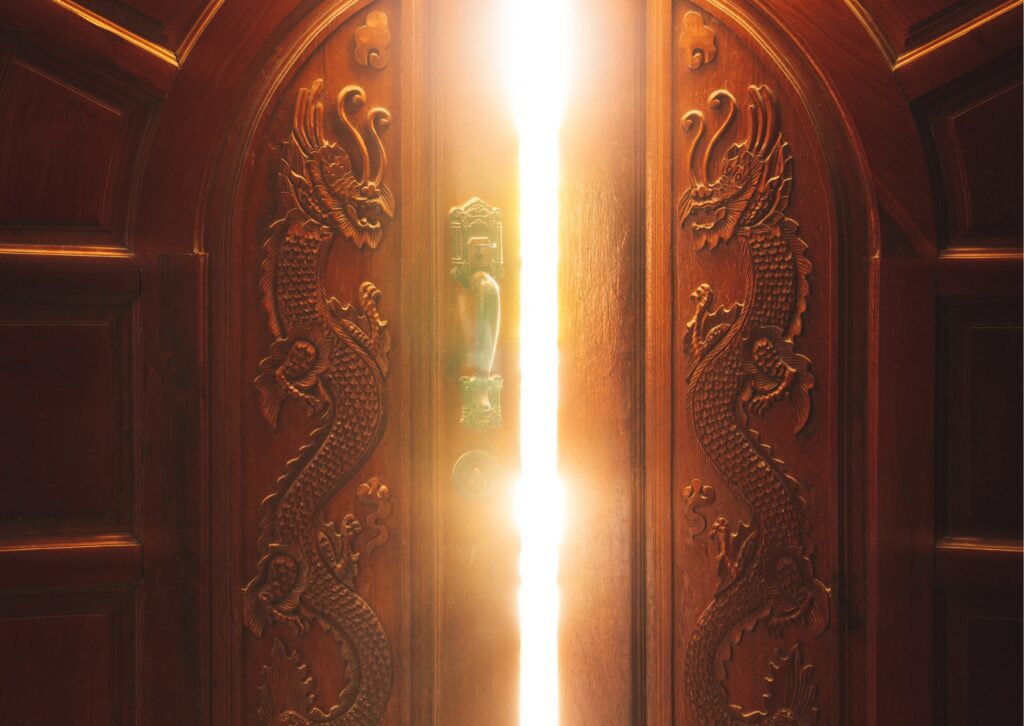
もしお前の兄弟を救いたいのであれば、その答えは完璧でなければならない。
そろそろ皆さんもインド神話の雰囲気に慣れてきた頃でしょうか。これは、以前のブログでも触れた「ヤクシャ・プラシュナ物語」の中で、試練を突破しようとするパーンダヴァ王子に精霊ヤクシャがモラルを試すような一問一答を投げかけている一コマです。
Q:世界の最大の驚異は何であるか?
A: 世界中のどこかで毎日誰かが命を落とし、この世を去ります。それはいつか自分にも訪れるもの。しかし私たちは、それを自分事とするのをつい忘れてしまうのです。それこそがこの世の不思議というものです。
王子が放つその答えからは、意味を持って生きること、一呼吸一呼吸は尊いものである、という強い気持ちが伝わってくる気がします。ところで現代の私たちの生き方についてはどうでしょうか。自らが望んで選択をした時間の中で生きていますか?コンフォートゾーン(居心地のいい場所)に自分を閉じこめてはいませんか?
大学に通っていた頃の私は、その疑問で頭がいっぱいでした。
「なぜ私たちは、今していることを何の疑いもなくそのままし続けようとしているのかな」
自分の住む街を見渡しただけでも、どれだけ多くの生き方の違いがあることでしょう。コンビニの店主、農家、医療従事者、主婦、教師、プロスポーツ選手等、100人いれば100通りの毎日がきっとあるはずです。
余暇の過ごし方も然り。私はたまたまカナダに生まれたので、人生の最初の18年間はアイスホッケーに熱中していましたが、もし茶道家や彫刻作家、登山好きの家族の元で育っていたら?人生の選択はまったく違うものになっていたかもしれません。
先日カナダで開催した経営者向けのウェルネス研修で、ある法律事務所の創業者がこんな事を言っていました。彼はわずか5歳の時から自分は弁護士になるのを知っていたというのです。なぜなら、議論好きな一面を持った少年時代の彼を見た家族が「この子はきっと素晴らしい弁護士になるだろうね。」と言ったことを覚えていたからだとか。こうした何気ない一言が幼い頃の記憶に留まって未来の種が蒔かれていた、なんてことは決して珍しくないのです。
言葉だけでなく、両親の家業や職業、クラスメイトがやっていたスポーツやゲーム、友人が選んだ旅先やSNSで目にした華やかな場所での写真も、この手の種蒔きの条件を十分に備えています。
ですから、自分自身や自分の本当の望みを知るためには、もう少し深いところ、少し居心地が悪く感じるところまで目を向ける必要があるかもしれません。いつも自分をサポートしてくれる友人以外と会って話をするのもいいでしょう。行った事のない場所へ旅したり、そこで生活をしてみるのも、知らなかった生き方や選択肢に触れる絶好の機会でもあり、最も手っ取り早い方法です。また、食生活を整え、運動を習慣化し、しっかり眠る事も大切です。今さら耳にタコですよね。でも実際に行動に移すとなると誰にとっても簡単な事ではないでしょう。でもリマインダーやサポートがあればどうですか?分かち合う事ができる相手がいるのは、心強いものです。
宮古島で暮らすようになった私にも、少し前に蒔かれた種があります。トライアスロンの本場であるこの島に越してくるまで、大会に参加することはおろか、そのためのトレーニングなど考えたことはありませんでした。でも、トライアスロンという種が私の意識に入り込んできた今、このエキサイティングな可能性から目を背ける事なんてできそうもありません。
人生はトライアスロン(triathalon)いや、TRY-ATHA-lon(トライアスロン)だ!
TRY
今いる快適なゾーンから飛び出して新しい可能性を見つけたいと思うならば、今いる場所から少しだけ居心地の悪いところに立ち、頑張ってみる必要があるかもしれません。分かります、努力とは本当に大変なものです。(姿勢を正して座る習慣をつけるだけでも何度泣きたくなった事か…)年齢を重ねると、どうしても自分の時間の使い方や生活がさまざまな意味で凝り固まってきます。凝りは一日でも早くほぐしてしまいたいもの。ですから…
ATHA*
今がその時です。新しく生み出すパターンこそ、本来の自分が元々持っていた人生に必要な過ごし方だとしたら?1秒でも早く取り掛かるのが正解だと思いませんか?まずは実践あるのみ!
動き出すために必要なもの、それは直感的な閃きや何かを感じる瞬間、それだけで十分です。
やってみたい事、新しい事を始めるのに遅すぎる事は決してありませんよ。
あなたについてはどうですか?自分の知らない何かに触れる環境に身を置く工夫をしていますか?目の前にあるチャンスにYESと答えていますか?
これから新しい何かがあなたの世界に現れてチャンスが訪れた時、あなたはどんな選択をしてみたいですか?
Tadartha eva dṛśyasyātmā**
〜 世の中は経験を積む人に応えるためにある 〜
人生は経験するためにあるのです。周りを見渡せばきっと意義深いことがあります。ですから、しっかりと落ち着いて前を見据えていつものパターンへの引力に逆らって新しい経験が待つ方向へ進んでみましょう。新しい経験は否が応でも自分と向き合い、知る道へと続きます。途中で立ち止まってしまう事もきっとあるでしょう。でも前を向いていればあなたに手を差し伸べてくれる人に気づけるのです。そこで得た喜びやインスピレーションを自分のものにすればきっと、生き方に変化が生まれるはず。
これまでとは違う方法で、生きる力となるような世界の入り口を探してみて下さい。そしてその扉を通り抜ける気持ちを忘れずにいればきっと、あなたのやりたいことは実現できるはず。今すぐには無理でも、少しずつでも続けていけば誰だって変わることができるのです。
最後に
私たちは、自分が望む条件に左右され人生のシナリオを描き歩んでいませんか?あなたが今、探求のドアの前に立ち始めたならば、ひとつずつ確かめるように努力を続けてみればそれで良いのです。探求や努力には終わりはきっと来ます。自分自身を、他人もありのままに、そして人生もありのままに受け入れられる時がきっと。時にはまた自分の描くおかしなシナリオに引き戻されるように心が揺らぐこともあるでしょう。探求のドアを開けることを決心できた私たちならば、そこから再び自分を取り戻すことができると信じています。
“We don’t see things as they are, we see them as we are”
~The Talmud
〜 物事をありのままに見るのは容易いことではない〜
タルムード(ユダヤ聖典)より
*サンスクリット語のATHAは「今」と訳されます。
**パタンジャリ・ヨガ・スートラ2.21より





